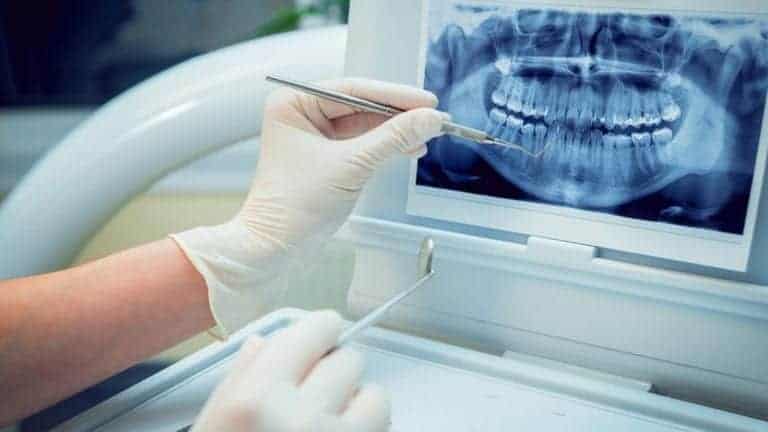Dental care is an essential component of overall health, but it can also represent a significant financial investment for families. Understanding the costs involved and how to manage them effectively is crucial for ensuring that everyone in the family receives the necessary dental care without breaking the bank. A family dentist plays a pivotal role in this equation, offering not only treatment but also guidance on managing dental health expenses. Let’s dive into the costs associated with family dental care and explore strategies for minimizing them.
Breaking Down the Costs
The amount a family spends on dental care can vary widely based on several factors, including the number of family members, their ages, the type of dental insurance coverage they have, and the specific dental needs of each individual.
Routine Care and Prevention
Routine visits to a family dentist for check-ups, cleanings, and x-rays are the foundation of dental health. These preventive services can help avoid more costly treatments down the line by catching issues early. On average, a routine dental visit can cost anywhere from $50 to $350 per person, depending on the location and services provided.
Restorative and Cosmetic Procedures
Costs can escalate when restorative procedures like fillings, crowns, or orthodontics come into play. For example, a single filling can cost between $50 and $300, while more complex procedures like root canals or braces can reach into the thousands.
Insurance and Out-of-Pocket Expenses
Dental insurance can significantly reduce out-of-pocket expenses for families, covering a portion of the costs for preventive care and a percentage of more extensive procedures. However, it’s important to understand the specifics of your policy, including co-pays, deductibles, and annual maximums.
The Role of a Family Dentist in Managing Costs
A family dentist can be a valuable partner in managing dental care expenses. They can prioritize treatments, suggest cost-effective solutions, and help navigate insurance benefits to maximize coverage.
Strategies for Reducing Dental Care Expenses
Prioritize Prevention
Investing in preventive care, such as regular check-ups and cleanings, can help avoid more expensive treatments in the future. Teach children good oral hygiene habits early to establish a foundation for a lifetime of dental health.
Explore Payment Plans and Dental Discount Programs
Many dental practices, including those specializing in family dentist services, offer payment plans or participate in dental discount programs, making it easier to manage the costs of care.
Utilize Health Savings Accounts (HSAs) or Flexible Spending Accounts (FSAs)
HSAs and FSAs allow families to set aside pre-tax dollars for medical and dental expenses, providing a cost-effective way to cover out-of-pocket costs.
The Impact of Dental Care on Overall Health
It’s essential to remember that dental care is not just about maintaining a healthy smile; it’s an investment in overall health. Poor oral health has been linked to various health issues, including heart disease, diabetes, and respiratory infections, highlighting the importance of regular dental care.
Conclusion
While the cost of dental care can be a concern for many families, understanding the factors that influence these expenses and exploring strategies to manage them can help ensure that all family members have access to the dental care they need. A family dentist is not just a provider of dental treatments but a key resource for managing your family’s oral health and financial well-being. By prioritizing preventive care, making informed decisions about insurance and payment options, and partnering with your dentist, you can maintain your family’s dental health without undue financial stress.

















